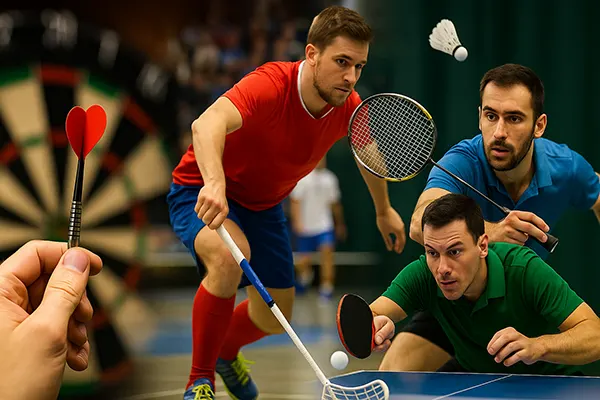Mixed Martial Arts (MMA) betting has evolved into a data-driven segment of the sports betting industry. Understanding fighter performance through statistics and fighting style analysis allows for a more informed betting strategy. This article delves deep into the analytical tools bettors should consider when evaluating MMA bouts.
Key Performance Indicators in MMA Betting
Unlike traditional team sports, MMA relies on individual physical and mental performance. Therefore, bettors must consider several precise metrics that influence the outcome of a fight.
Firstly, striking accuracy and defence are crucial. A fighter with high striking accuracy and efficient defence has a better chance of dictating the pace and avoiding damage. These numbers are often published by organisations such as the UFC and updated in real-time.
Secondly, grappling statistics – including takedown success rate and takedown defence – play a vital role, especially in matchups involving wrestlers or jiu-jitsu specialists. Fighters with higher takedown defence typically control where the fight takes place.
Fight Outcome Ratios and Trends
Historical data on method of victory (knockout, submission, or decision) should not be underestimated. For instance, a fighter who wins 80% of the time by KO suggests a high-risk, high-reward profile, potentially shaping betting options like round betting or method of victory markets.
Fight duration is another useful trend. Fighters who often go the distance may be less prone to early stoppages, influencing bets like “Fight to go the distance” or “Over/Under rounds”.
Also, studying recent fight frequency and rest periods between bouts can highlight potential fatigue or underperformance due to short recovery time, especially for fighters who consistently cut large amounts of weight.
Impact of Fighting Styles on Betting Analysis
Each MMA fighter has a distinct style: striker, grappler, wrestler, or a hybrid of these. Understanding how styles interact in a fight is a critical layer of analysis for anyone placing strategic bets.
For example, a pure striker may struggle against a dominant wrestler who neutralises stand-up exchanges with clinches and takedowns. Conversely, a skilled striker can defeat a grappler by keeping distance and landing significant strikes.
Southpaw versus orthodox stance matchups also present unique angles. Southpaws often enjoy advantages against orthodox fighters due to less frequent exposure and differing striking angles, which can affect betting lines more than expected.
Adaptability and Game Planning
Modern fighters often cross-train and adjust their strategies based on opponents. Bettors should assess previous fights to identify signs of tactical flexibility. A fighter who lost via grappling might return showing improved takedown defence.
Coaching staff and training camps also influence results. Camps known for elite wrestling or striking can elevate a fighter’s skill set significantly between fights, shifting the outcome potential beyond what statistics alone may show.
Lastly, injuries sustained in prior bouts and during training camps often remain undisclosed publicly. Watching weigh-ins and press interviews can sometimes reveal subtle indicators like limping or visible weight-cut struggles.

Using Statistical Models and External Data
Analysing MMA bets can benefit from integrating external data sources and probabilistic models. Publicly available data, including fighter records, betting odds history, and round-by-round performance metrics, enables deeper evaluation.
One effective approach is using implied probability derived from odds. Comparing bookmaker odds to your own probability assessment, based on technical and stylistic analysis, helps to spot potential value bets.
Additionally, many advanced bettors employ models based on Poisson distributions or logistic regression to assess likelihoods of certain outcomes such as round finishes or decisions. However, these tools require clean and structured historical data.
Tracking Line Movement and Public Sentiment
Monitoring line movement (i.e. odds changes) gives insight into public perception and sharp money trends. If odds shift significantly despite low-profile promotion, it might indicate insider information or sharp betting actions.
Public sentiment often sways odds. Highly hyped fighters or those with viral knockouts may see inflated betting interest despite stylistic disadvantages. Critical bettors must separate emotion from tactical reality.
Forums, social media, and analyst breakdowns can be useful but should be filtered for bias. Empirical data and personal research should always take precedence over crowd narratives.




